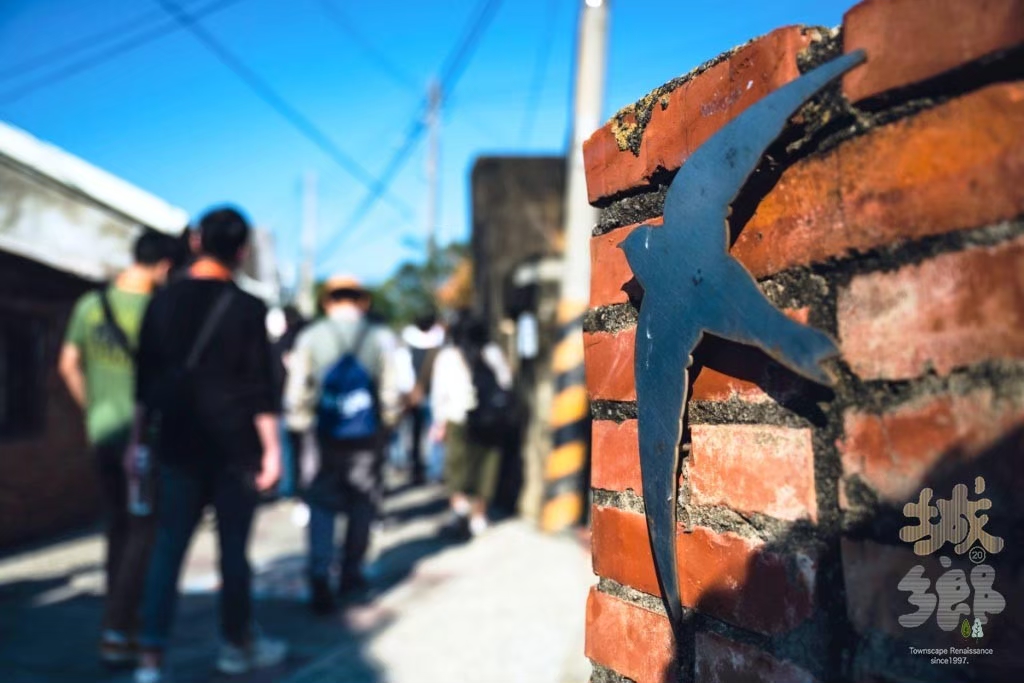To provide the public with the experience of participating in public affairs, enhance their environmental values, and create a high-quality living environment, the Executive Yuan approved the report submitted by the Ministry of the Interior on July 1, 2003 for the long-term "The Community Construction Project of Challenge 2008 for New Hometown" - "Construction of Community Façade" (2003--- 2009) project, with a total amount of expenditure of NT$2.7 billion. From 2004 to 2005, the pioneering experimental "Demo Project of Ecological Community" was carried out under the guidance of Lin Sheng-feng(林盛豐), a former minister without an Executive Yuan portfolio. Furthermore, the experimental project was conducted upon the recommendation of ministry and public selection, while a "bottom-up" participation mechanism for community proposals was adopted, working in conjunction with a resident counseling plan by community planners, as well as local community planners and architects. Most importantly,they have worked to provide professional technical assistance based on the manner of "hiring workers and purchasing materials," and community residents can plan, design, and construction collaboration as they build their own living environment community. Given such an operating mechanism, this system will be incorporated into the urban and rural façade plan after the previous medium and long-term projects have ended, which are still being promoted currently.
Taipei City was the first municipality to propose the idea of planning by community planner. With an incentive mechanism to realize the concept of "people's participation in public affairs"combined with“participatory” community design, they have helped the public to re-consider the relationship between people and the environment and inspired everyone to co-participation the environmental construction process, giving play to the key role of community planners in environmental education, community participation, and public mobilization. Furthermore, the responsibility of community planners enables community residents to participate through good design, so that they can witness change, thus helping to improve the quality of living environment of the community. As a result, this system should provide a sustainable source of momentum for urban and rural development.
Although this project is led and implemented by county and city governments and community construction teams, the Ministry of the Interior will make use of on-site supervision for appraisal every year in order to inspect and examine the promotion mechanism by community planner annually and the actual community construction results, as well as conduct spot checks regarding the maintenance,management, and utility of community construction projects done in previous years. The purpose is to ensure that the policy approach meets requirements. If any community is found to be poorly maintained, the county and city will include it in the reference of community participation and construction selection next year.
– Task Categories
- Be equipped with a professional team of diverse specialties and a “participatory design” counseling center.
- Establish management examination, consultation, review, supervision, counseling, and administrative reporting for space construction of community environments.
- Take stock of characteristics from community resources and formulate strategic planning alternatives for spatial development and implementation ideas for regional revitalization.
- Establish a mechanism to integrate community construction centers and renewable rural resources.
- Regularly host professional workshops to train local talents, promote the focus on the public and the environmental value of local resources, and strengthen the introduction towards the concept of people, land, and production for regional revitalization.
- The engineering works of community practice will be done pursuant to the requirements for hiring workers and purchasing materials and work with the code of guidelines to implement construction based on the natural charm of both the urban and the rural.
- Integrate the talent database and match-make software and hardware resources to optimize the efficiency of regional revitalization.
- Encourage the community to promote the cause of community cooperation business, establish community cooperatives, and jointly promote community revitalization works.
- Implement Sustainable Development Goals (SDGs) goals and strategies and adopt action plans to drive the locality for implementation.
- Successive Community Planner
- Illustrations of Excellent Award-winning Cases
- Sharing of Innovative Practice Plans




